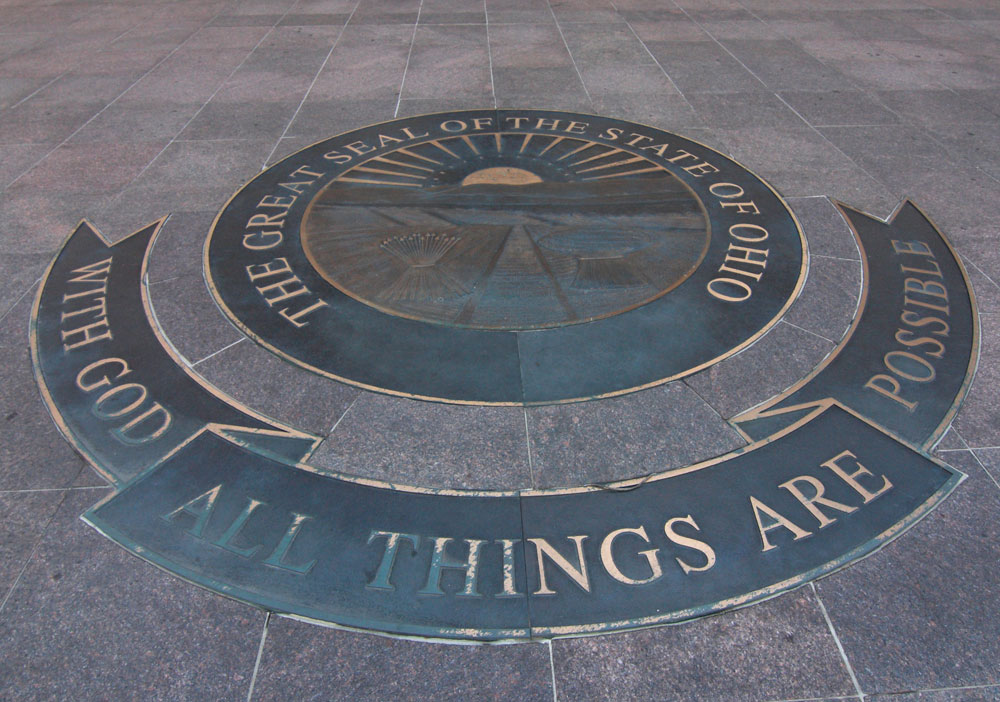
June 30, 2020; Slate, SCOTUSblog, and the New York Times
What might have been a simple case that could have been dismissed by the Supreme Court may now, according to Steven Green writing for SCOTUSblog, have turned a central premise of non-establishment of religion on its head.
The case is Espinoza v. Montana, and at its core is the issue of state funding for private and religious schools. The state of Montana had set up a tax credit program to provide scholarships for students in private schools. Soon after it was initiated, a state agency said that students attending religious schools were not eligible for the scholarships due to a clause in the state constitution. Three mothers sued the state on religious freedom grounds guaranteed by the First Amendment of the US constitution. The state court ruled against them and shut down the entire program for all private education.
This week, the Supreme Court saw it differently. In a 5-to-4 ruling, with the majority opinion written by Chief Justice John Roberts, the court said that government cannot treat religious groups different from secular ones, perhaps opening the door for more public funding of religious education.
Writing for the majority, Roberts said, “A state need not subsidize private education. But once a state decides to do so, it cannot disqualify some private schools solely because they are religious.”
The ruling was met with outcries from public education groups and teachers’ unions as they anticipated yet another drain on the already underfunded public education systems. Randi Weingarten, president of the American Federation of Teachers, issued a press statement that decried the ruling:
Never in more than two centuries of American history has the free exercise clause of the First Amendment been wielded as a weapon to defund and dismantle public education. It will hurt both the 90 percent of students who attend neighborhood public schools, by siphoning off needed funds, and, in the long term, those who attend religious schools by curtailing their freedom with the accountability that comes with tax dollars.
Sign up for our free newsletters
Subscribe to NPQ's newsletters to have our top stories delivered directly to your inbox.
By signing up, you agree to our privacy policy and terms of use, and to receive messages from NPQ and our partners.
While there was unanimity in the conservative block of the Supreme Court in upholding this ruling, there was disagreement as to why. Justice Clarence Thomas, who was joined in his concurring opinion by Justice Neil Gorsuch, stated that just the idea of separating religion and state “communicates a message that religion is dangerous and in need of policing, which in turn has the effect of tilting society in favor of devaluing religion.” It seems that Thomas believes that the establishment clause was most likely designed to allow states to establish official religions. For Justice Samuel Alito, the focus was on the 38 state constitutions that have “no-aid” clauses in them. His claim is that these were motivated by anti-Catholic animus, and that these clauses against state subsidy of religion should be invalidated.
On the minority side, Justice Ruth Bader Ginsburg, joined by Justice Elena Kagan, pointed out that the Montana Supreme Court had invalidated the entire tax credit program, and no one was receiving money—religious or secular—so what’s the constitutional problem? Justice Stephen Breyer had a warning in his dissent, writing, “If, for 250 years, we have drawn a line at forcing taxpayers to pay the salaries of those who teach their faith from the pulpit, I do not see how we can today require Montana to adopt a different view respecting those who teach it in the classroom.” And, as has been said, Justice Sonia Sotomayor described the majority’s decision as “perverse.”
What is concerning in all this is what has not been said, and what remains a part of this decision that many had not considered as they cheered the idea of funding for private and religious schools. In reviving Montana’s tax credit program, Chief Justice John Roberts has stated that once a state funds private education “it cannot disqualify some private schools solely because they are religious.” Writing for Slate, Mark Joseph Stern points some consequences that might not have been on everyone’s radar screens.
The upshot: Taxpayers in most of the country will soon start funding overtly religious education—including the indoctrination of children into a faith that might clash with their own conscience. For example, multiple schools that participate in Montana’s scholarship program inculcate students with a virulent anti-LGBTQ ideology that compares homosexuality to bestiality and incest. But many Montanans of faith believe LGBTQ people deserve respect and equality because they are made in the image of God. What does the Supreme Court have to say to Montanans who do not wish to fund religious indoctrination that contradicts their own beliefs? In short, too bad: Your rights just don’t matter as much.
The ripple effects of this decision will be many. Public funding for private and religious schools has long been a contentious issue in the public square. It crosses into areas of parental rights, religious freedom, separation of religion and state, as well as just how and where our tax dollars are spent. If states want to disentangle themselves from this conundrum, they could end these kinds of programs. For example, in Montana, the state supreme court’s action to excise the program judicially was overruled, but the Montana state legislature could, in theory, vote to rescind the program tomorrow.
But for the many states with programs like these—including Missouri, Idaho, South Dakota, Texas, Maine, and Vermont—under this ruling, the states’ options will be to either cut their programs or begin to annually subsidize religious education. And so, we have yet another conundrum in the effort to balance religion and state. This decision has turned a lot of established concepts upside-down.—Carole Levine













